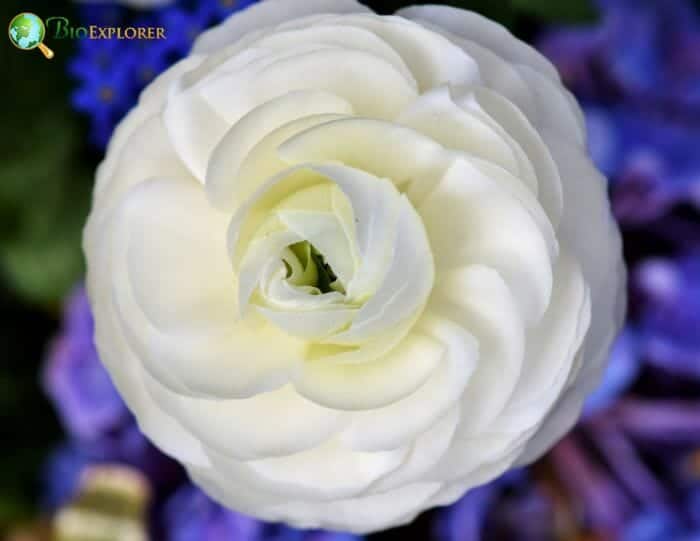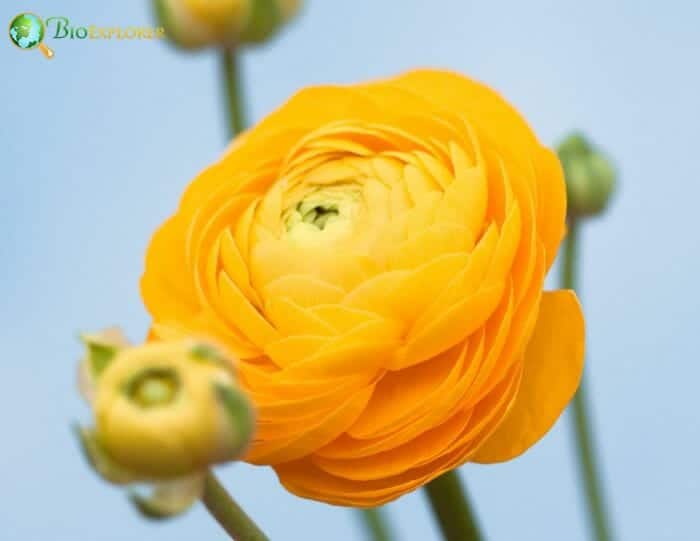
| Plantae | Magnoliopsida | Ericales | Theaceae | Camellia japonica |
- Plant Type: Perennial herbs
- Common Name: Japanese Buttercup
- Color: Yellow
- Flower Dimensions: 0.55 inches to 0.94 inches in diameter
- Flowering Season: Spring (May to July)
- Places in Japan with Japanese Buttercup: Fields and mountainous regions all over Japan
Ranunculus japonicas is a perennial herb of the family Ranunculaceae. It is a wild grass native to Japan.
- The Japanese Buttercup can grow to a height of 30-50 cm.
- The flowers have 5 obovate petals in bright yellow color with the dimensions of 7-12 by 6.5-8.5 mm.
- The radical leaves of the Japanese Buttercup are petiolated. Therefore, the toxicity of the leaves is of low measure.
- Japanese Buttercups are hermaphrodites and are pollinated mainly by insects.
- The plant loves moist soil and can grow in semi-shade or no-shade conditions.
Interesting Facts About Japanese Buttercup
- The Japanese name of Ranunculus japonicos is Umano-ashidaka which means footprints of the horse because the radical leaves of the Japanese Buttercup resemble the horses[2]‘ hoofprints in the grasses.
- The Japanese Buttercup can be an excellent gift for all occasions because it signifies positivity and joyful energy.
- Buttercup is commonly used as a term of endearment that means you are adored and loved.
- In Floriography (A fancy name for the language of flowers), a bouquet of Ranunculus implies, “I am dazzled by your charms”.
- The genus Ranunculus is from the Latin word Rana and Unculus, meaning tiny frogs.
The common name buttercup generally refers collectively to the entire genus Ranunculus in the family Ranunculaceae (also known as crowfoot or buttercup family).

Due to their delicate appeal, these flowers are a favorite in many flower arrangements and wedding bouquets. These flowers are also common in borders, flower beds, container gardens, and cut gardens. The most famous common name of the entire genus is Buttercup.

The large genus, which includes more than 600 species[1], is native to Eurasia and Northern America. Other common names are spearworts, water crowfoots, and Coyote’s eyes.

Ranunculus flowers add beauty and vibrancy to any garden. These perennial herbaceous plants, best known for their fragile rose-shaped petals, produce long-lasting cut flowers.

Flowering usually takes place in mid-summer and spring. Buttercup flowers can be single, double, or curled. Each flower is approximately 3-5 cm in diameter, and the colors range from white to yellow, pink, and red.

The stems are typically 12 to 18 inches each. Ranunculus leaves, finely cut and resembling parsley, are alternately arranged. The clump of leaves grows up to 30 centimeters.












